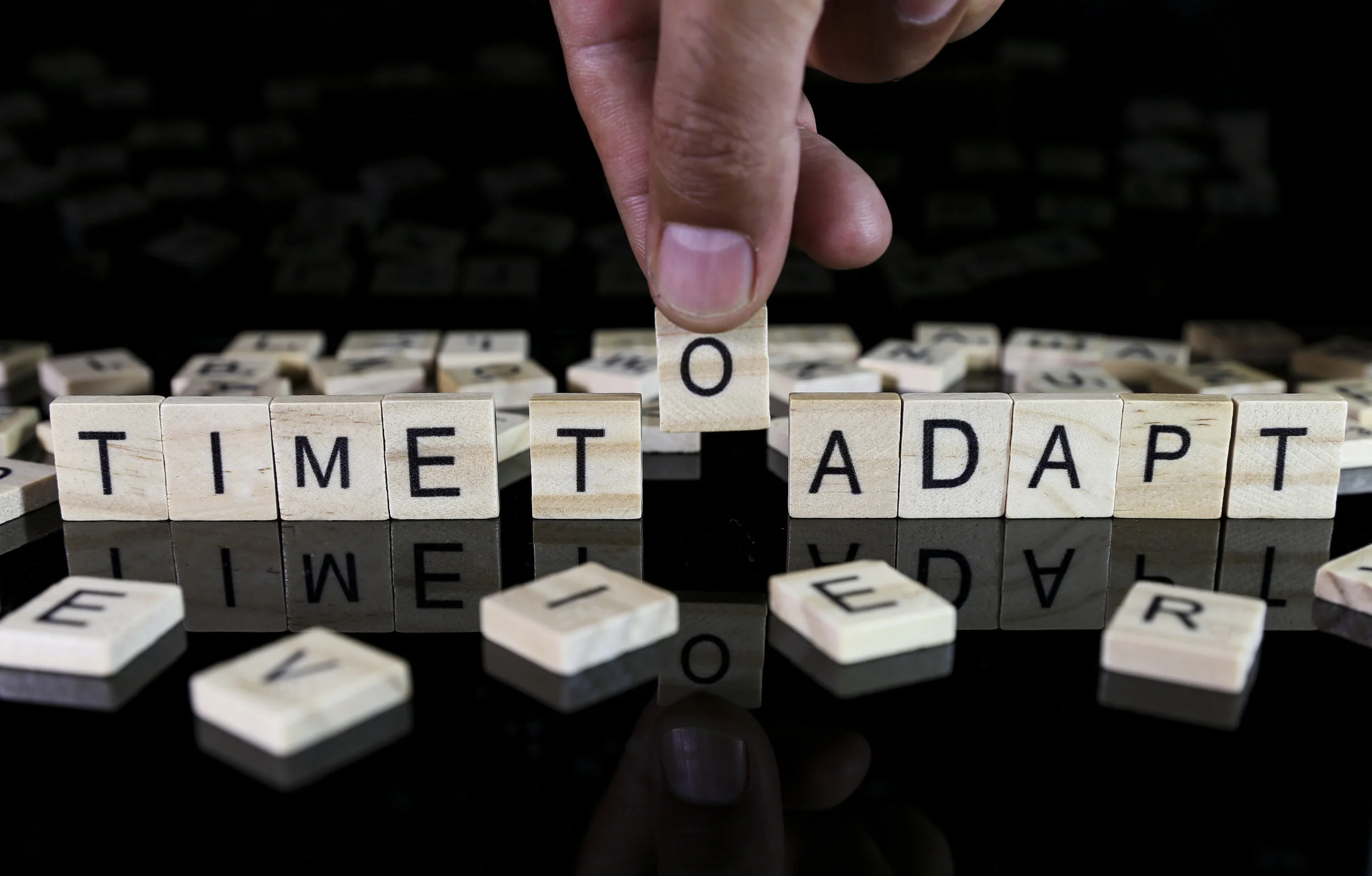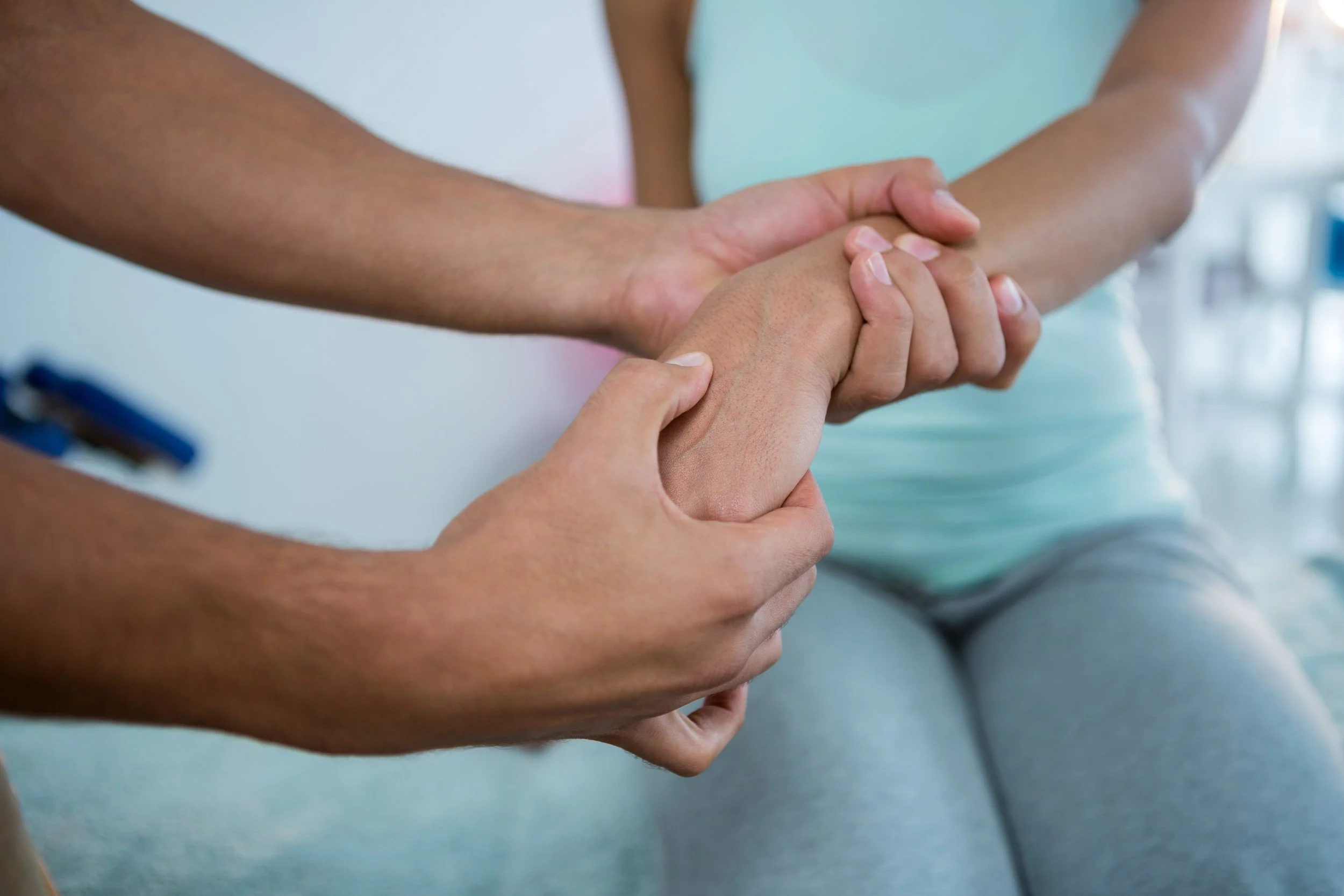Back pain sends more patients to doctors than any condition other than the common cold. In fact, it’s the fifth most common reason for hospitalizations and third most common cause of surgery. And 56% of people with lower-back aches say symptoms disrupt their daily routines, including sleep and sex (consider these 3 best sex positions for back pain). Talk about a pain in the...back.
There are many possible causes of back pain, which means there are also many non-invasive solutions, according to Todd Sinett, a chiropractor and coauthor of The Truth about Back Pain. "Back pain is rarely one catastrophic event," he says in the book, "but several situations combining to create pain." And it turns out that some seemingly insignificant everyday habits can take a big toll on your back over time.
Here, the top 14 mistakes that may be causing your aches and how to correct them.
1. You're a desk jockey.
Did you know that sitting puts 40% more pressure on your spine than standing? Let’s be honest: Maintaining proper posture is probably the last thing you’re thinking about when under a major work deadline. And on a jam-packed day, regular stretching breaks may not seem like a wise way to spend your time. But skipping these habits may cause your back to suffer. That’s because back muscles will weaken if you don’t use them; inactive joints lose lubrication and age more quickly.
Fix It: Sitting at a 135-degree angle can reduce compression of the discs in the spine, so lean back slightly every now and then. Do it when you take a phone call or a coworker stops by to chat, Sinett recommends. Make sure your office chair supports the curve of your spine, he says: Your lower back should be supported, and your head should be straight—not lurching forward—when you look at your computer screen. Get up and walk around for a couple of minutes every half hour—take trips to get water, use the bathroom, or grab papers off the printer. (Or make your own standing desk with these easy tips.)
2. You have a long commute.
Just like at your desk, hunching over a steering wheel can tighten chest muscles and cause your shoulders to round. Slumping posture can zap energy and make you look heavier, not to mention cause back and neck problems. Back pain is the number one complaint of the patients of Darran W. Marlow, director of the chiropractic division at the Texas Back Institute, and he advises them to first think about their driving posture.
Fix it: "Be sure you sit at a 90-degree angle, close to the wheel so you don't have to stretch," he says. "Extending your leg puts your back in a compromised position, but many people don't even realize they're doing it."
3. You skip the gym.
Research shows that 40% of people become less active after back pain strikes—a strategy that's likely to delay healing or even make their condition worse.
Fix it: In fact, most sufferers would benefit from more exercise—particularly frequent walks, which ease stiffness, says spine surgeon Raj Rao, MD. For instant relief, he recommends stretching your hamstrings and hips. You can also try these 4 Exercises To End Back Pain.
4. You don't do yoga.
By improving circulation and lowering stress, just about any kind of exercise promotes back pain recovery. But yoga may be best.
University of Washington researchers say yoga eases lower-back pain faster than conventional exercises. In a different study, 101 patients were randomly assigned to one of three groups. The first group took weekly yoga classes and practiced at home; the second group participated in weekly exercise sessions developed by a physical therapist, plus practiced at home; and the third group received a self-help back care book. After three months, the yoga group had better back-related functioning, compared with the other two groups. And after 6 months, patients who took yoga reported less back pain and better back-related functioning. Because it promotes deep breathing and relaxation, as well as stretching and strength, yoga may help with both emotional and structural triggers of back pain.
Fix it: You can find yoga classes everywhere—at gyms, YMCAs, and local studios. Make sure to tell the instructor about your pain so she can help modify certain moves for you.
5. You're a crunch addict.
Sit-ups and crunches may actually cause more back pain than they prevent, according to Sinett. We hear all the time how a strong core protects your back, which is true. But crunches don’t work the ab muscles that stabilize your back. In fact, they can contribute to pain by causing what Sinett calls core imbalance, "a condition of excessive compression, which results in the spine curving forward in a C-like shape."
Fix it: You don’t have to ditch crunches entirely, but you should do them slowly and use proper form. Include them as part of a broader core workout that also strengthens your transverse abdominus. This muscle is particularly important for a strong, steady core that supports your back, and the best way to strengthen it is with (non-crunch!) exercises like these. Added bonus: You’ll whittle your middle and beat hard-to-torch belly fat while improving posture and relieving back pain.
6. You're not the best eater.
Research shows that eating habits that are good for your heart, weight, and blood sugar are also good for your back. Finnish research found that people who suffered from back pain were more likely to have clogged arteries to the spine than healthy control subjects. Healthy circulation brings nutrients to the spine and removes waste, says Sinett. If this doesn’t happen, inflammation can result, and inflammatory chemicals in the back can trigger nerves to send pain signals to the brain.
Fix it: A back-healthy diet is one that reduces inflammation, according to the The Truth about Back Pain. The book’s plan advises avoiding excess caffeine and processed foods (read ingredient labels for the following: hydrogenated or partially hydrogenated oils, enriched wheat flour, words ending in -ìose, and additives that end in -ìates or -ites), and eating more whole grains, soy, nuts and seeds, protein (chicken, fish, lean meat), vegetables, and fruit.
7. Your life's in your purse.
A stuffed-to-the-gills handbag may cause back damage that's comparable to a sports injury! When you tote a heavy bag, your shoulders become imbalanced, says Sinett. Your body elevates the shoulder carrying the bag, which throws your spine off-kilter. Doing this every day can cause back muscles to ache over time.
Fix it: First, carry the lightest bag possible. (Some of today’s styles—with chains, studs, and other hardware—are heavy even when empty.) The American Chiropractic Association recommends that your bag—when fully loaded—weighs no more than 10% of your body weight. Alternate which shoulder you carry the bag with from day to day, and consider splitting your stuff between two bags (one for each arm), which will painproof your load by distributing it more evenly.
8. Your mattress is really old.
Can't remember the last time you replaced it? Your back may be in trouble. A good mattress lasts 9 to 10 years, according to the National Sleep Foundation, but consider replacing yours every 5 to 7 years if you don't sleep well or your back throbs. A study at Oklahoma State University found that most people who switched to new bedding after 5 years slept significantly better and had less back pain.
Fix it: When you do replace your mattress, take a Goldilocks approach: Pick one that’s not too squishy or too hard. Very firm mattresses can increase pressure on the spine and worsen pain, say Spanish researchers. A study of 313 people revealed that those who caught Zzzs on medium-firm mattresses were more likely to report pain improvement than those on firmer ones. To help ease nighttime discomfort even more, tuck a pillow under your knees if you sleep on your back, between your knees if you're a side sleeper, or beneath your stomach and hips if you snooze on your belly.
9. Your bike isn't quite right.
Do you routinely get a sore back after even a leisurely bike ride? You may need to adjust your equipment. Anywhere from 30 to 70% of bike riders experience some form of back pain, according to Jennifer Chu, MD, an associate professor of rehabilitation medicine at the University of Pennsylvania and a chronic pain expert blogger for Wellsphere. You don’t need to give up on this great form of exercise, but you should make sure your bike is properly fitted for you, advises says former US Olympic cycling coach Ed Burke, PhD, of Colorado Springs, CO.
Fix it: Try this quick test: When you straddle a road bike or hybrid, the bar should be about 1 to 2 inches from your crotch. On mountain bikes, allow 3 to 6 inches. As for your seat height, your down leg should be fully extended when the heel of that foot is on the pedal in the 6 o'clock position. Now put the ball of that foot on the pedal; there should be a slight bend in your knee in the down position. You should be able to keep a slight bend in your elbows and not feel stretched out when holding the handlebars. If your bike isn't adjusted properly, check with a local bike shop or bike club to find someone who can properly fit it for you.
Another tweak that can help: Tilt the front tip of your saddle down about 10 to 15 degrees. This simple adjustment takes pressure off your lower spine and pelvis, research shows. When researchers made this adjustment for 40 recreational cyclists who had back pain, the pain went away in 72% of the group—and another 20% reported significant reduction in pain.
10. You love high heels.
Or flip-flops. Both lead to foot instability, which can in turn affect your back. High heels force you to arch your back, making your spinal muscles work harder. Backless shoes like sandals cause your feet to move from side to side, according to Sinett, which distributes your body weight unevenly and can cause pain.
Fix it: You don’t have to forgo trendy footwear—just don’t walk long distances in them. Commute in comfy flats or supportive sneakers, and consider adding cushioning inserts to uncomfy shoes. When Lehigh University researchers gave back-pain sufferers lightweight, flexible shoes with simple cushions, 80% reported significant relief within a year. (Try these 4 exercises every high heel-wearer should do.)
11. You ignore the pain.
Trying to block out pain could make it worse, finds research from the Rosalind Franklin University of Medicine and Science. A better approach: Let yourself consciously experience the hurt. In a standard pain test, psychologists had 68 back-pain sufferers plunge their hands or feet into ice water. When the volunteers were instructed to suppress the shock of the icy water, a key muscle in the back clenched. In contrast, the muscle didn't tense up when volunteers thought only about the shock. Over time, an increase in muscle tension intensifies pain, says lead researcher John W. Burns, PhD.
Fix it: Accepting pain may be the best way to mentally cope. "Try thinking about the sensory details of the experience, not the negative emotions," says Burns. "If you have a back spasm, describe the pain to yourself—if it's burning or throbbing—and remind yourself that it will pass."
12. You hold a grudge.
To err is human. To forgive could make your aching back feel simply divine. When researchers at Duke University Medical Center studied 58 women and men with chronic lower-back pain, they found that those who practiced forgiveness experienced less anger, resentment, depression—and aches. "Our emotions, muscle tension, and thoughts can directly influence the strength of our pain signals," says researcher James W. Carson, PhD.
Fix it: Forgiveness isn't a once-and-done act; it involves choosing, again and again, to replace anger and resentment with understanding toward someone who has done you wrong. Try this: First imagine someone you love. Think, May this person be at ease, happy, healthy, safe, and secure. Repeat, imagining yourself, then someone you don't know personally. Finally, bring to mind someone for whom you don't have good feelings.
13. You don't veg out.
It's not all in your head—chronic or acute stress can directly trigger back pain. When you’re under the gun, your whole body clenches up, including the muscles in your neck and back. But muscles that contract need to relax eventually, says Sinett. If you’re stressed all the time and those muscles stay tight, it can eventually cause major pain.
Fix it: Sometimes even just realizing that stress may be at the root of your pain can help, says Sinett. Then you can prioritize ways to calm down each day, be it through exercise, laughing with a friend or partner, reading a good book, etc. One particularly helpful therapy, research shows, is listening to music.
In an older Austrian study of 65 people who had herniated disks, researchers found that a combination of music and relaxation imagery significantly reduced lower-back pain. Everyone got standard medical care (painkillers, physical therapy), but half also listened to music and performed relaxation exercises every day. After 10 days, the music group reported less pain while climbing stairs, getting out of bed, and even sleeping. After 21 days, the music group's overall pain was more than 40% less than the nonmusic group. "Music helps reduce stress hormones and muscular tension," says researcher Franz Wendtner, a psychologist at the General Hospital of Salzburg.
14. You watch too much TV.
Parking yourself in front of the tube for hours and hours a day doesn't make your back very happy. For one thing, excess TV time is probably cutting into exercise time, and we’ve already explained how important exercise is to prevent/reduce back pain. In one Norwegian study of teens, those who sat in front of TV or computer for 15 hours a week or more were three times as likely to have lower-back pain as their more active counterparts (the average American teen watches three hours of telly a day). "They sit with the low back flexed—really hunched over—for hours," explains lead researcher Astrid Noreng Sjolie, PhD, a physiotherapist at Hedmark University College in Norway.
Fix it: Limit TV to shows you really want to watch, instead of idly channel surfing. And instead of fast-forwarding through commercials, do some stretches or strength moves during the breaks, which will prevent muscle strain from sitting still too long. If you have a kid complaining of back pain, make sure he walks at least one mile daily; this can cut back pain in half and give his still-developing spine a chance to stretch out.
This article originally appeared on prevention.com and was written by the editors of prevention.com











![Self-regulation “control [of oneself] by oneself"](https://images.squarespace-cdn.com/content/v1/55563e14e4b01769086817cb/1542845645966-PO2HGKF5JLUBM45UIWQ3/wee-lee-790761-unsplash.jpg)



















